AI-1st Engineering
up to 70% of your design costs.
No AI knowledge needed.

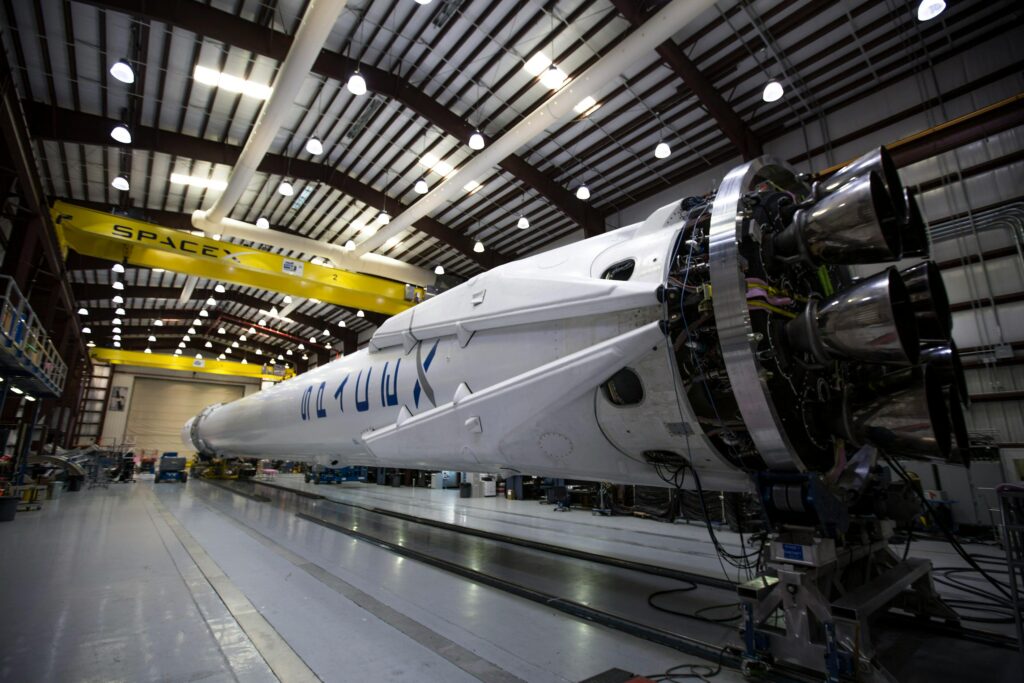



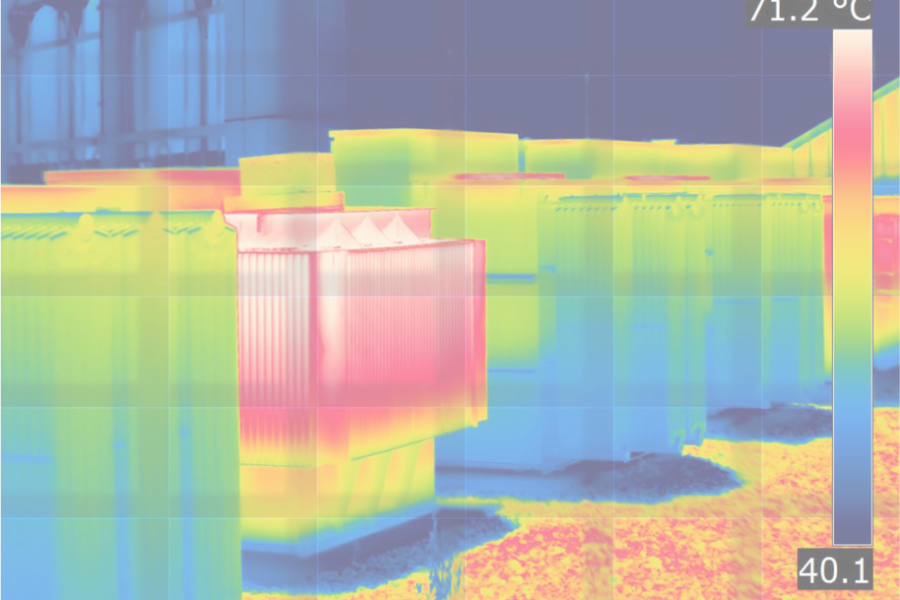
Motorsports
Defense
Datacenter
Marine
Turbomachinery
HVAC
Benefits
Accelerate numerical simulations in any field
Up to 70%
time & cost savings
Simulate in Real-Time
Enhanced convergence
integrate seamlessly in workflows
Our Technology
SPAIDER trains neural networks to speed-up and improve numerical simulations and to enable real-time performance predictions.
Our AI technology can be applied to:
CFD | FEM | CEM
With SPAIDER designers can make better-informed decisions and improve their designs. On the spot.
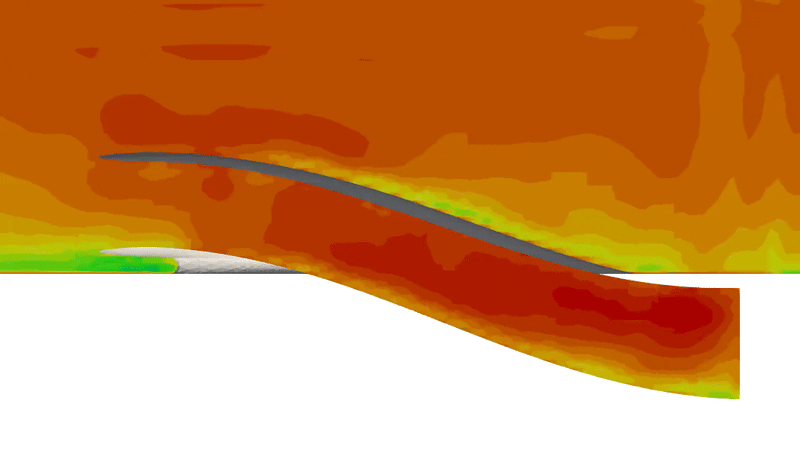
Have you considered AI for engineering?
Let’s talk about your product, the physics involved, and the numerical analyses needed.
We can support your work by suggesting and implementing the most suitable technology to improve your design and increase your productivity.
About Us
SPAIDER provides AI-driven solutions for engineering companies. In the design phase our solutions accelerate numerical simulations, decreasing both time to market and design costs.
Specifically, we develop neural network architectures that accelerate numerical simulations so they can achieve real time prediction of the results during the design phase itself (geometric modelling).
Typical SPAIDER customers are engineering manufacturing companies i.e. all companies that design industrial products and in their design process need to run a significant number of numerical simulations.
Team and collaborators
In our team
AI-Technologies implemented
In business
PARTNERS
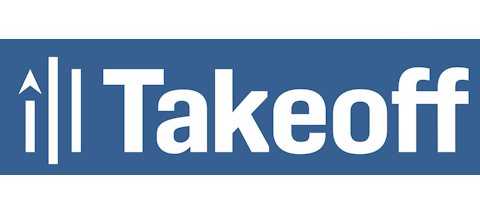

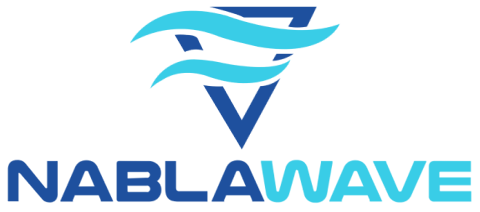
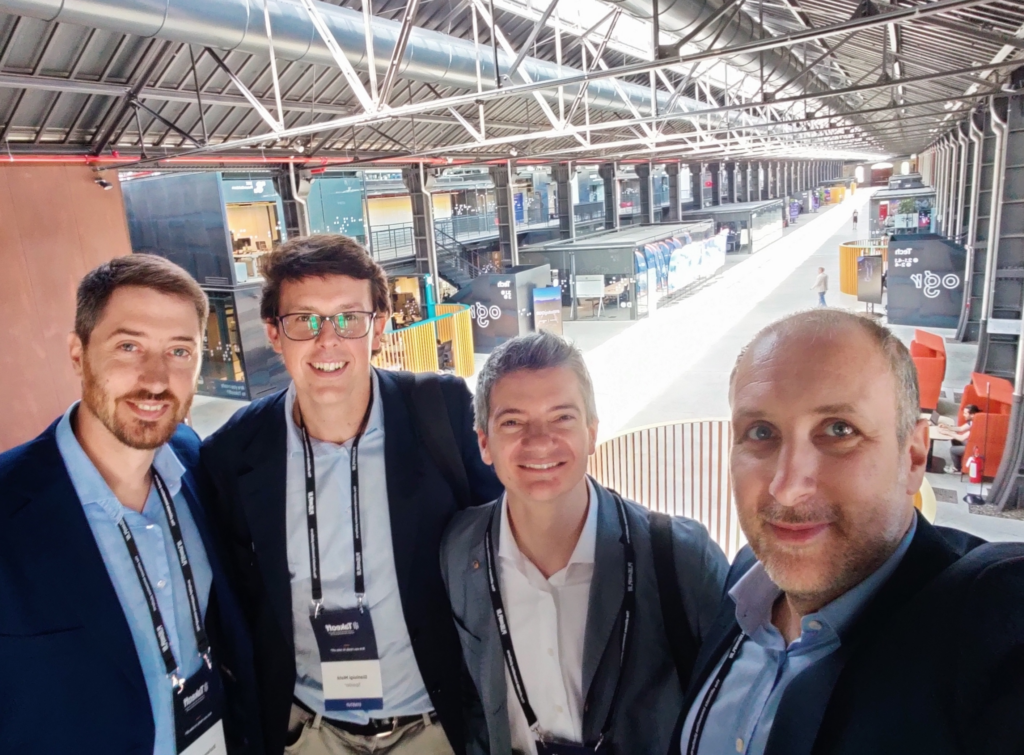
The Team
Our team is built on a decade of friendship and collaboration, beginning at the University, where we developed our technical skills through PhD studies and research.
Our journey continued with a successful collaboration at the private company Nablawave, where we faced many challenges, transforming ideas into reality, and delivering exceptional results.
The team is composed of Mechanical and Aerospace Engineers, most of whom hold PhDs, with strong backgrounds in Fluid Dynamics, Structural Science, Computational Methods, Programming, Optimization Techniques, and Artificial Intelligence.
The multidisciplinary nature of the group is further enriched by collaborators from the fields of Computer Science, Physics, Mathematics, and Electronics.

